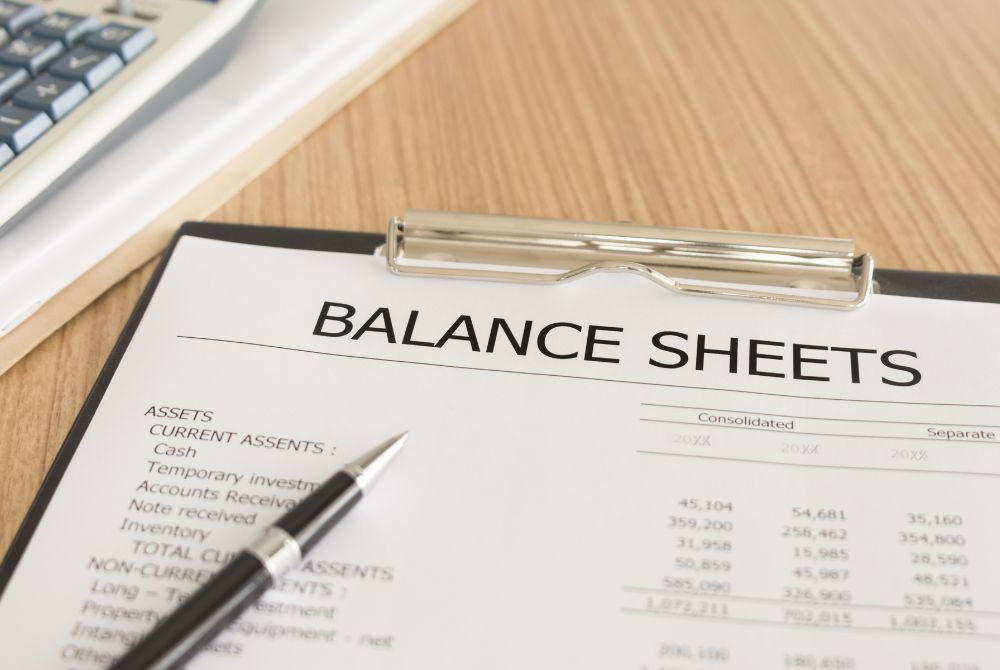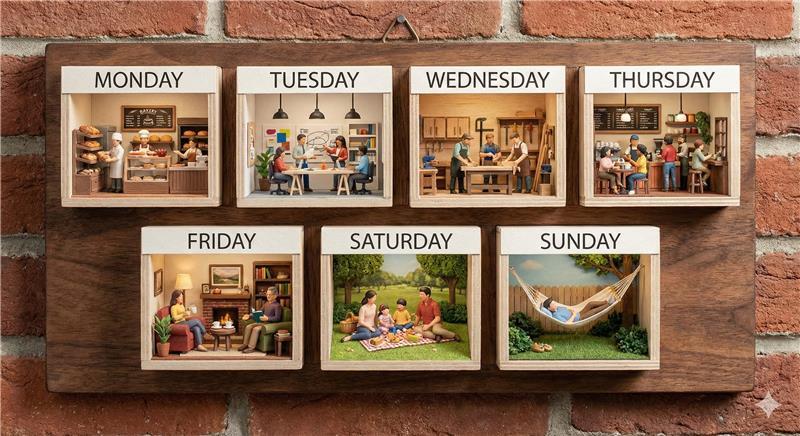How to Know If a Four-Day Workweek Is Right for Your Business
The four-day workweek has become one of the most talked-about workplace shifts of the last decade. Large corporations are experimenting with it....
3 min read
 Clay Hamlin
· February 22, 2024
Clay Hamlin
· February 22, 2024

Understanding the ins and outs of the financial statement balance sheet can seem daunting. Whether you're a business owner or simply interested in learning more about finances, this guide will provide you with the clarity you need.
If you are like most small business owners, each month you get a “financial statement.” This is really a group of reports designed to give you a report card for your business that typically includes two major sections: a balance sheet and a profit or loss statement. Sometimes included is a detailed ledger that shows the individual transactions that make up the two main reports.
By analyzing these reports, you will gain valuable insights into your business’s financial performance and, hopefully, make informed decisions. While most business owners skip the balance sheet and go right to the profit and loss report, which we understand, there is “gold in dem dar hills” of the balance sheet, so that will be our focus.
One of the key financial reports is the balance sheet. Also known as the statement of assets and liabilities, the balance sheet is a snapshot of what a company owns (assets) and what it owes (liabilities) on a specific date.
Assets represent what a company owns. They can be categorized as current assets and non-current. Current assets are highly liquid assets, meaning they can be easily converted into cash within a short time. These include cash, accounts receivable, inventory, and an investment account, if you have one. Non-current assets include investments in machinery, equipment, buildings, and lease deposits.
Liabilities represent what a company owes. Like assets, liabilities can be divided into current liabilities and non-current liabilities. Current liabilities are short-term debts that are due within a year, such as accounts payable, taxes payable and the portion of a bank loan that will be repaid within 12 months. Long-term liabilities include loans and mortgages that are due beyond a year.
Accountants order the balance sheet based on liquidity. Assets that are more easily converted into cash are listed first. Cash is considered the most liquid asset, followed by accounts receivable. As you move down the balance sheet, the assets become less liquid.
The same principle applies to liabilities. Those that are due sooner are listed higher on the balance sheet first. They are typically ordered: accounts payable, credit cards payable, taxes payable and then the short-term portion of notes payable. Long-term loans are listed at the bottom.
Now that you understand the components of a balance sheet, let's talk about the importance of the current ratio (there are many others). To assess a company's financial health, it's crucial to analyze the ratio between current assets and current liabilities.
A good ratio to aim for is at least three times the amount of current assets to current liabilities, commonly referred to as the current ratio. This means that if a company has $3 in current assets, it should owe no more than $1 in current liabilities. If you have forgotten what current assets are and current liabilities are, please refresh yourself above.
There are two major reasons this ratio is important, and you should know what your current ratio is— 1) When seeking a business loan, banks carefully review financial statements, including the balance sheet. The current ratio is a key factor they consider. 2) Your business needs cushion.
First, if your company has a weak current ratio, and the bank extends you a loan at all, you will have a higher interest rate, stricter collateral requirements, and other more demanding loan terms. Leaving some financial cushion within the business can strengthen the current ratio and increase the likelihood of receiving better loan terms.
Second, even more crucially, is what Jim Collins calls “managing above the death line.” At some point, if you have not already experienced it, your business will encounter a significant financial challenge. If you have no financial cushion, your business is more likely to fail than a business with cushion. Your business is likely your biggest source of current income, and your biggest retirement asset. Don’t you owe it to yourself to manage it well?
Understanding how to read a financial statement equips you with valuable insights when approaching banks for loans or making financial decisions for your business. When you can confidently navigate financial statements, you can effectively communicate with bankers and address their concerns. This knowledge puts you in a stronger position to negotiate better loan terms and bolster your business's financial stability.
Maintaining a three-to-one ratio isn't just about impressing bankers; it's crucial for your business's long-term success. By consistently striving for a strong ratio, you create a solid foundation for growth and weathering uncertainties.
Consider this an opportunity to set goals and work towards achieving a healthier ratio. Implementing financial strategies and closely monitoring your balance sheet will help you meet your targets and ultimately enhance your business's overall performance.
Take time to understand your balance sheet. A strong 3-to-1 ratio can signal stability—but numbers alone don’t tell the full story. When you know what to look for, your balance sheet becomes a powerful tool for smarter decisions and long-term growth.
Want help making sense of yours? Book a discovery call to see how we can help you put your business in the strongest possible position.

The four-day workweek has become one of the most talked-about workplace shifts of the last decade. Large corporations are experimenting with it....

We've all seen the headlines. Another major company announces that everyone needs to be back at their desk. No exceptions. And if you're running a...

If you work with a payroll provider for your small business, payroll typically runs on a set schedule with very little day-to-day involvement from...